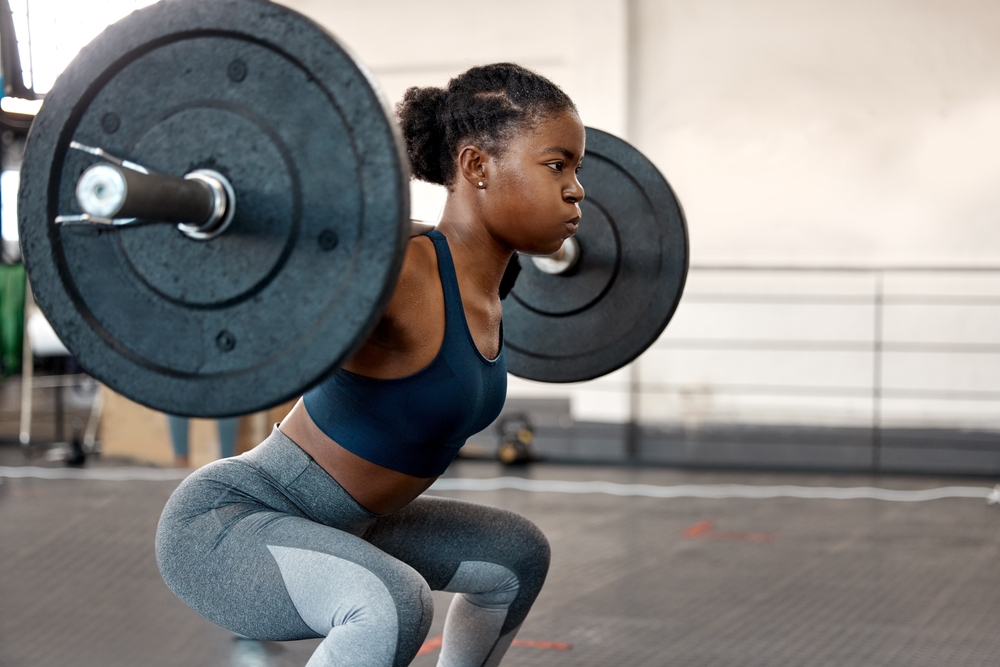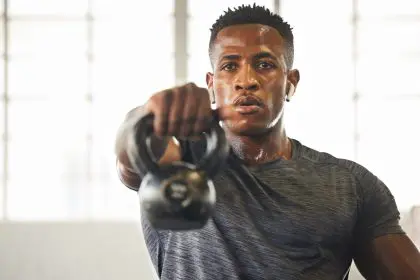For many women, stepping into a gym for the first time can feel like entering an entirely different world. The unfamiliar equipment, the experienced lifters, and the unspoken rules can be intimidating. But with a clear plan, that uncertainty turns into confidence. A structured workout approach helps beginners build strength, improve endurance, and develop a routine that feels both effective and manageable.
The foundation of a well-rounded workout
A successful fitness journey starts with balance. Strength training, cardiovascular exercise, and recovery each play a vital role in ensuring sustainable progress. Strength training builds muscle, boosts metabolism, and enhances bone health. Cardio improves heart function, endurance, and overall fitness. Recovery, often overlooked, prevents injury and allows the body to repair and adapt.
Many beginners make the mistake of diving into intense workouts without a strategy. Without structure, they risk burnout or injury. The key is to establish a routine that includes both movement and rest, ensuring the body gradually adjusts to the new demands. A mix of resistance training, moderate cardio, and intentional recovery creates a strong foundation.
A simple approach to weekly workouts
Building a habit around exercise requires consistency, but it also requires balance. A good beginner routine incorporates strength training on some days, cardio on others, and rest when needed. Full-body workouts are often the best starting point, engaging multiple muscle groups without excessive strain. Over time, introducing specific training for upper and lower body areas allows for steady progress.
Cardio plays a supporting role, providing endurance and stamina benefits. Walking or using an elliptical can be a comfortable entry point, while rowing machines or stair climbers offer more of a challenge. Instead of obsessing over long cardio sessions, beginners should focus on sustainable movement. A few sessions per week, combined with strength training, creates a well-rounded routine.
Recovery is just as important as the workouts themselves. Stretching, mobility exercises, and even light activity on rest days help the body stay limber and reduce soreness. Ignoring recovery can lead to fatigue and setbacks, making it crucial to approach rest days with as much intention as workout days.
Making strength training accessible
One of the biggest misconceptions about weightlifting is that it’s only for advanced athletes. In reality, resistance training benefits everyone, especially beginners. The goal isn’t to lift heavy right away but to build strength gradually while mastering proper form. Starting with bodyweight exercises and resistance bands lays the groundwork for more challenging movements.
Form is everything. Squats, lunges, and push-ups may seem simple, but doing them incorrectly leads to strain and potential injuries. A slow and controlled approach ensures muscles engage properly. As strength improves, adding light weights increases resistance without overwhelming the body.
Progression happens in small steps. Rather than chasing heavy weights too quickly, beginners should focus on movement quality. With time, they can incorporate dumbbells or machines to further develop strength and stability. Each workout builds on the last, reinforcing consistency over intensity.
Cardio without the exhaustion
Many beginners feel pressured to spend hours on a treadmill, but cardio doesn’t have to be exhausting to be effective. Walking is an excellent starting point, gradually increasing speed or incline to add challenge. Low-impact options like elliptical workouts or stationary cycling provide endurance benefits without excessive strain on the joints.
The key is finding movement that feels enjoyable. If an exercise is miserable, it won’t become a habit. Some may prefer a brisk outdoor walk, while others enjoy structured gym sessions. The focus should be on steady progress rather than immediate intensity.
For those looking for more variety, interval training—alternating between bursts of effort and recovery—can be a time-efficient way to build stamina. Short, effective cardio sessions complement strength training without leading to exhaustion.
The power of recovery and consistency
Recovery is the most underestimated part of a fitness routine. Many beginners push too hard, believing more exercise equals faster results. But without adequate rest, the body struggles to repair itself, leading to fatigue or injury.
Stretching after workouts keeps muscles flexible and reduces stiffness. Foam rolling helps with muscle tightness, while activities like yoga improve mobility. Even gentle walking on rest days keeps the body active without overexertion.
Ultimately, success in the gym comes down to consistency. Progress isn’t measured by how much weight is lifted in one session but by steady improvements over time. Some days will feel effortless, while others will be more challenging. The key is showing up, making adjustments when needed, and trusting the process.
Stepping into the gym may feel overwhelming at first, but with a plan and patience, it becomes second nature. Strength, endurance, and confidence grow with each session, proving that fitness isn’t about perfection—it’s about persistence.














